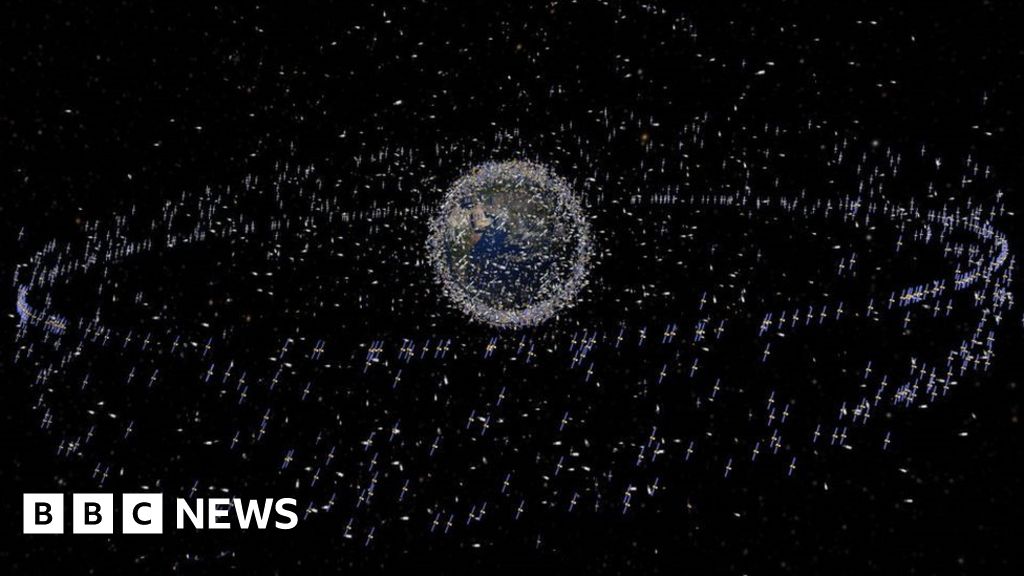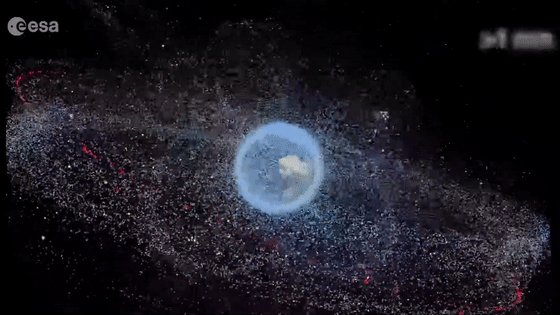4 hours ago
The US has condemned Russia for conducting a "dangerous and irresponsible" missile test that it says endangered the crew aboard the International Space Station (ISS).
The test blew up one of Russia's own satellites, creating debris that forced the ISS crew to shelter in capsules.
The station currently has seven crew members on board - four Americans, a German and two Russians.
The space station orbits at an altitude of about 420km (260 miles).
"Earlier today, the Russian Federation recklessly conducted a destructive satellite test of a direct ascent anti-satellite missile against one of its own satellites," US state department spokesman Ned Price said at a briefing. "The test has so far generated over 1,500 pieces of trackable orbital debris and hundreds of thousands of pieces of smaller orbital debris that now threaten the interests of all nations."
https://www.bbc.co.uk/news/science-environment-59299101

Credit: Reuters




